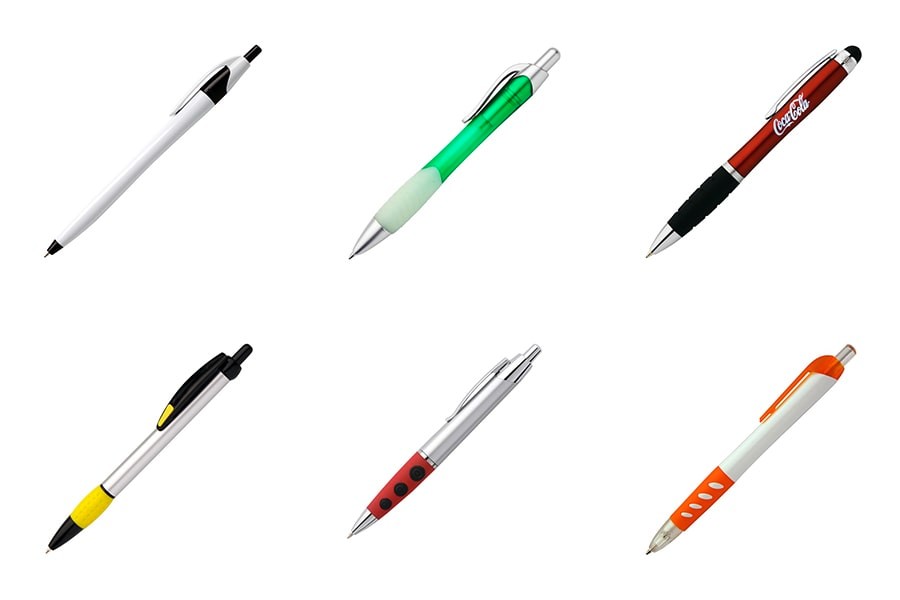The stock market in Hong Kong is relatively young compared to other major financial centers such as Mumbai, New York, Tokyo and London.
The Stock Market in Hong Kong has been running since the early 1980s, making it one of the world’s smallest local markets today.
As a result, only about 150 stocks are listed on the mainboard (or GEM), and another fifty or so stocks are listed on the second board (or SME). And these two markets make up less than 1% of global market capitalization.
This makes studying and understanding price movement very easy because there is little noise from companies that do not originate from Hong Kong.
It should, however, be noted that at least 60% of all trading volume in Hong Kong comes from the trading of Chinese companies. Still, those stocks are generally listed as ADRs (American Depository Receipts), and as such, the market value is not included in Hong Kong indicators like the HSI or HKFE.
Although there is a small number of publicly traded companies on the mainboard and SME, it should be noted that there are many more private companies that don’t trade publicly and only exist as privately-held enterprises.
The stock market exchanges in Hong Kong can best be classified as:
Main Board/GEM
Just like any other public market, GEM allows companies to raise capital by selling equity shares. The minimum listing criteria include
- At least two independent non-executive directors with market-related qualifications; and
- Adequate financial resources to ensure the proper conduct of business
These companies are mainly businesses such as banks, investment trust companies and property management companies.
These types of stocks make up over 90% of all listed companies in Hong Kong. It is improbable that they will ever see a significant increase in trading volume since they fall into the category above (which means low trading activity).
The most important features about GEM: A company needs at least HK$4 million (about US$500,000) to even qualify for listing on GEM.
If this minimum amount is not reached during an IPO, the company has to wait one year before applying again. The shares of GEM leading board stocks are traded in lots of 1,000 shares.
H-share
H-shares are Chinese companies that have listed their shares on the HK stock exchange for international investors to trade.
These are very popular with traders since they provide a gateway into studying China’s financial markets without having to travel there.
But keep in mind that trading volume is by far the highest when the announcement of official government policy occurs (such as rate changes).
H-share spends less time on HK exchanges than ADRs and generally spend more time in mainland exchanges like Shanghai or Shenzhen.
This means that if you want access to Hong Kong trading prices, but prefer to trade in mainland Chinese companies, then H-shares are the way to go.
The most important features about H-share: A company needs at least HK$20 million (about US$2.9 million) to even qualify for listing on GEM. The shares of H-share leading board stocks are traded in lots of 100 shares 3) Red chip.
Red chip
Red chip is another type of stock that only exists in Hong Kong, and they represent private non-traded enterprises.
These companies, just like any other publicly traded company, need to follow specific standards for government regulation purposes (the same standards mentioned above). These companies make up less than 10% of total market capitalization on the GEM and SME boards combined.
To put it simply, if you want to trade Chinese companies, then GEM is the place to be. If there are no Chinese companies that interest you but still prefer mainland China stocks, then H-share would be your best bet.
A red chip can rarely hold any significant information for traders since their volume of trades is meagre compared to the other two types of exchanges mentioned above.
The most essential feature about red chips: A company needs at least HK$1 million (about US$129,000) to even qualify for listing on GEM. The shares of red chip leading board stocks are traded in lots of 100 shares.
As mentioned earlier, 90% of all publicly traded companies fall into bank/investment trust/property management companies. This means that on top of paying less for trading fees since these are the most popular on exchanges, it is also improbable that they will ever see a significant increase in trading volume because they fall into the category above (and this means low trading activity).
The mainboard of GEM is where bank stocks are traded, and there are many benefits about being listed here.
For example, banks have very high liquidity, so unlike other companies, you will never experience any problems when buying or selling your stocks.
There are no restrictions on how much you can deposit onto your account with any financial institution, different from brokers at Forex marketplaces.
You can get loans for margin financing from regulated banks for as low as 0.1% interest rates.
In addition, investing in stocks at this exchange has been proven to be a safe way to invest money over the long term because profits from these companies depend on how much they can lend at a specific time. Their lending level is capped by government regulations which means that you will not see unpredictable swings in price due to anything else except the company itself.
The most important features about bank stocks: A company needs at least HK$2 billion (about US$260 million) to even qualify for listing on GEM.
Follow this to learn more.




